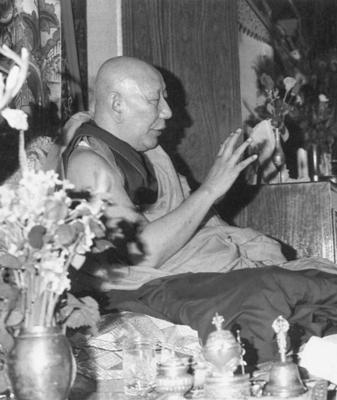
HH Ling Rinpoche: The most important step in spiritual growth is the first: the decision to avoid evil and cultivate goodness within your stream of being. On the basis of this fundamental discipline, every spiritual quality becomes possible, even the eventual perfection of buddhahood.
HH Ling Rinpoche, New Delhi, India November 1979. Generating Bodhicitta
Bodhicitta and wisdom
The enlightened attitude, bodhicitta, which has love and compassion as its basis, is the essential seed producing the attainment of buddhahood. Therefore, it is a subject that should be approached with the pure thought, “May I gain enlightenment in order to be of greatest benefit to the world.”
If we want to attain the state of the full enlightenment of buddhahood as opposed to the lesser enlightenment of an arhat, nirvana, our innermost practice must be cultivation of bodhicitta. If meditation on emptiness is our innermost practice, we run the risk of falling into nirvana instead of gaining buddhahood. This teaching is given in the saying, “When the father is bodhicitta and the mother is wisdom, the child joins the caste of the buddhas.” In ancient India, children of inter-caste marriages would adopt the caste of the father, regardless of the caste of the mother. Therefore, bodhicitta is like the father: if we cultivate bodhicitta, we enter the caste of the buddhas. Continue reading
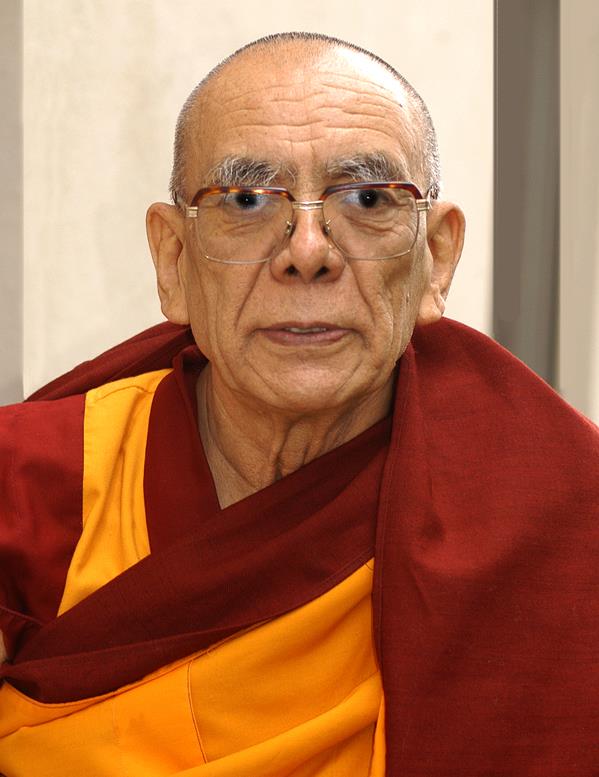
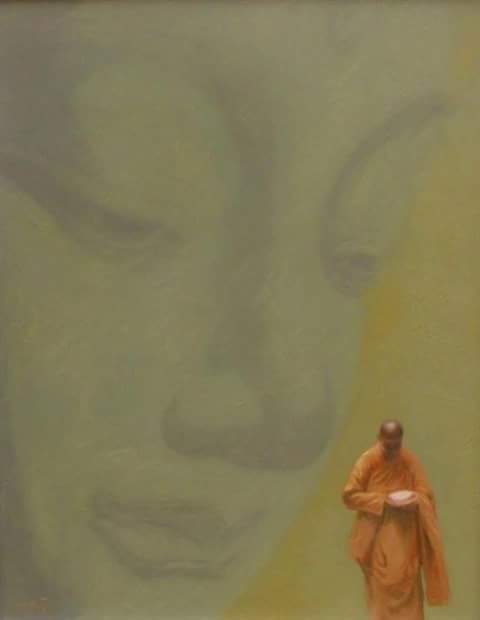 Verses of Refuge and Bodhichitta
Verses of Refuge and Bodhichitta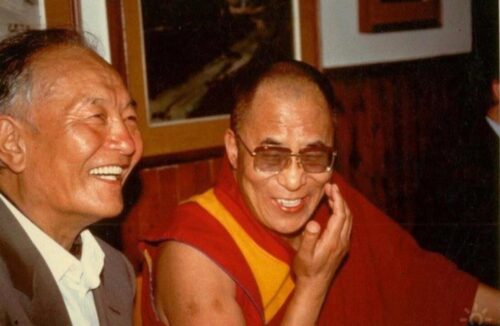
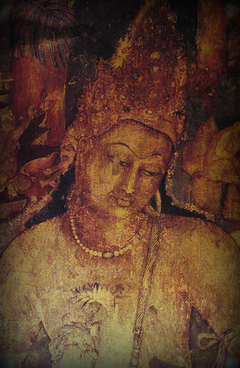
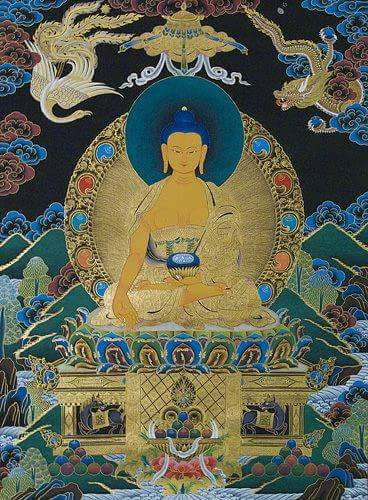 The Everflowing Nectar of Bodhicitta.
The Everflowing Nectar of Bodhicitta.